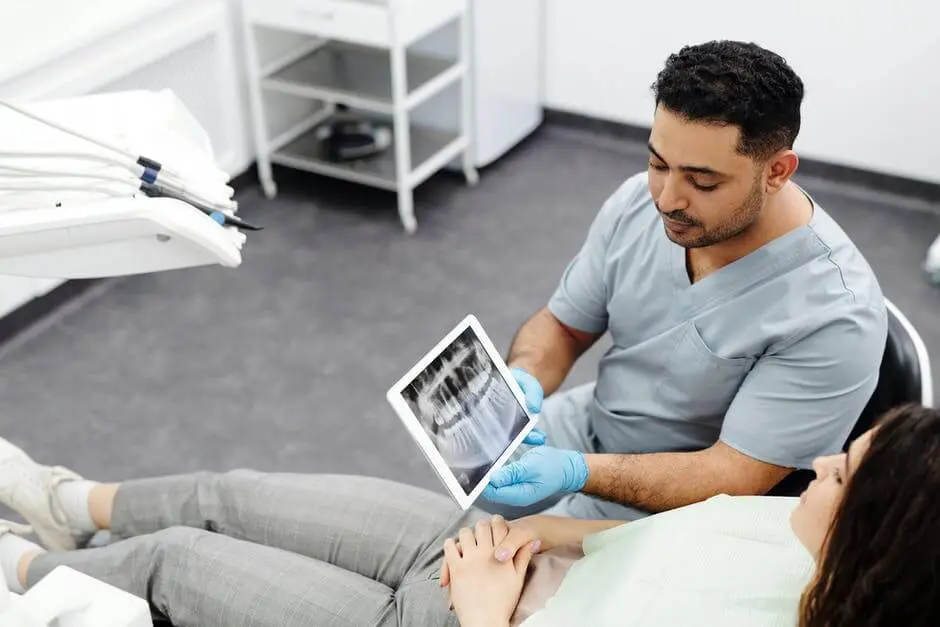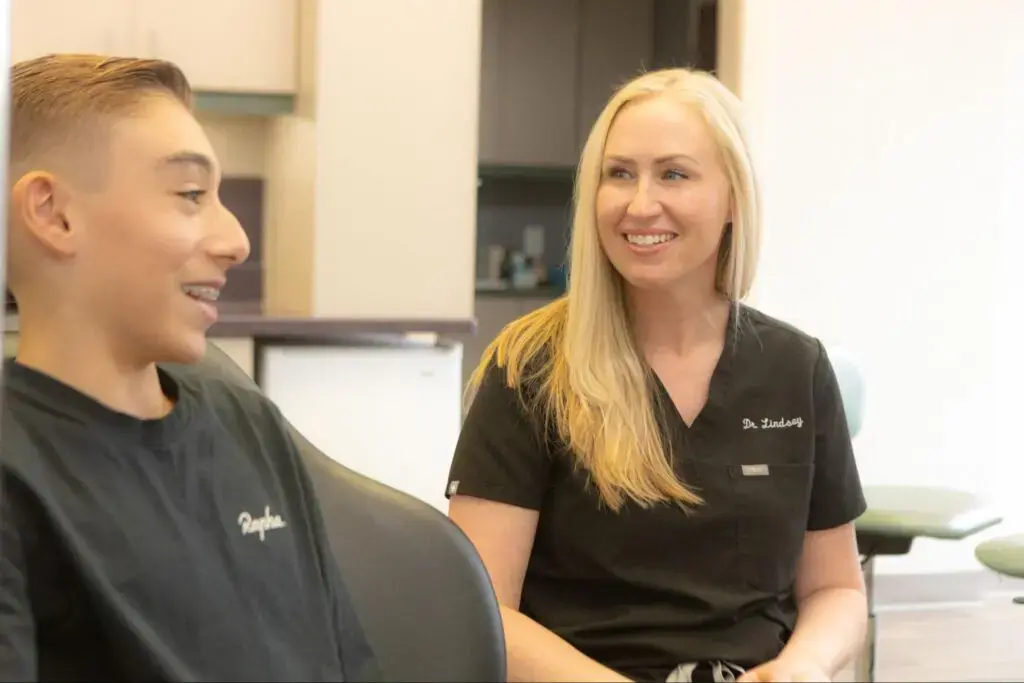Though orthodontic treatment is typically associated with teenagers and adults, children can benefit too! In fact, most orthodontists agree that your child should see a specialist, such as our very own Dr. Lindsey Koerich (orthodontist) or Dr. Leo Koerich, by age seven! An early assessment allows you to find and treat potential problems before they can be big problems.
Luckily, most younger patients don’t require treatment, but those that do will probably undergo Two-Phase Treatment.
What Is Two-Phase Treatment?
As the name suggests, Two-Phase Treatment provides orthodontic care in two stages. Phase one occurs when your child is younger and has some baby teeth. A few years later, after an orthodontic rest, phase two occurs when your child has most or all adult teeth. The treatment specifics, such as whether your child will wear braces, depend on their needs.
Who Needs Two-Phase Treatment?
At Koerich Orthodontics, we use Two-Phase Treatment to administer the following three different types of care to children:
- preventative care — stopping a problem from developing
- interceptive care — interrupting an already developing problem
- guidance modification — encouraging proper development as the child grows
What Are The Benefits?
It can be hard to stomach that your child needs orthodontic work, but Two-Phase Treatment has many benefits. Let’s look at a few examples.
- Less Invasive. — The bones and ligaments in children are still developing, making them perfect orthodontic patients because it is much easier to alter their alignments and less uncomfortable for them to go through. For example, imagine you and your child have the same orthodontic problem. To address the issue, your child could undergo simple treatment, such as braces. On the other hand, you could need complex treatments like pulling teeth, cosmetic surgery, corrective jaw surgery, or other invasive procedures for the same problem. The difference in treatment is possible because their bones are moldable and easily manipulated like wet clay, and your fully developed bones and ligaments are not.
- Easier To Eat. — Your child depends on their jaw’s functionality for chewing and swallowing! If they have pain or trouble moving their jaw to eat, they could begin to feel negative emotions about eating. Over time, this could cause digestive issues and vitamin deficiency. An aligned jaw can make mealtime more inviting and pleasant.
- Easier To Communicate & Breathe. — An improperly aligned jaw can misplace your child’s tongue and make communication challenging or painful. It can also narrow your child’s air passageways and make breathing difficult, causing sleep apnea or mouth breathing.
- Easier To Perform Oral Hygiene. — Malocclusion and incorrect jaw alignment can make oral hygiene daunting, frustrating, and even painful. If their routine creates negative feelings, they might be less motivated to develop healthy, consistent habits. A dirty mouth from poor oral hygiene could lead to complex, expensive, and uncomfortable problems later in life. An easier brushing and flossing routine improves your child’s attitude toward oral hygiene and promote the development of healthy habits.
- Reduced Risk Of Damaged Teeth. — Poor teeth and jaw alignments can lead to grinding and abnormal wear and tear on the teeth. This friction can weaken the enamel and leave the teeth vulnerable to bacteria and plaque that cause tooth decay, sensitivity, and gum disease. If the teeth become weak enough, they can also chip! Teeth and jaws that protrude are also more likely to experience physical trauma. Improving your child’s alignment protects their teeth from internal and external damage.
- Physical And Mental Pain Reduction. — Children might smile, laugh, or talk less to reduce discomfort caused by moving the jaw, gum disease, or tooth sensitivity. Pain can also cause poor sleep, which can affect daily brain function. This physical and emotional distress can lead to isolation, depression, and anxiety even after the dental problem is resolved due to the lasting effects of decreased self-esteem. Two-Phase Treatment could reduce physical and mental pain by changing facial structure and improving oral hygiene.

Koerich Orthodontics Has Treatment Options For The Whole Family!
Koerich Orthodontics is proud to be trusted to provide your children with orthodontic work. We know that hearing that your child might need orthodontic care at a young age can be scary, but with us, it doesn’t need to be!
To learn more about Two-Phase Treatment and to discover if your child qualifies, contact one of our two offices to schedule your free consultation! This appointment is purely for your education and assessing your child’s bite needs; there is zero pressure to commit to treatment so that you can get answers to all your questions without the stress.
The sooner you begin treatment, the sooner your child can reap the benefits! Don’t delay; see us at Koerich Orthodontics soon!



